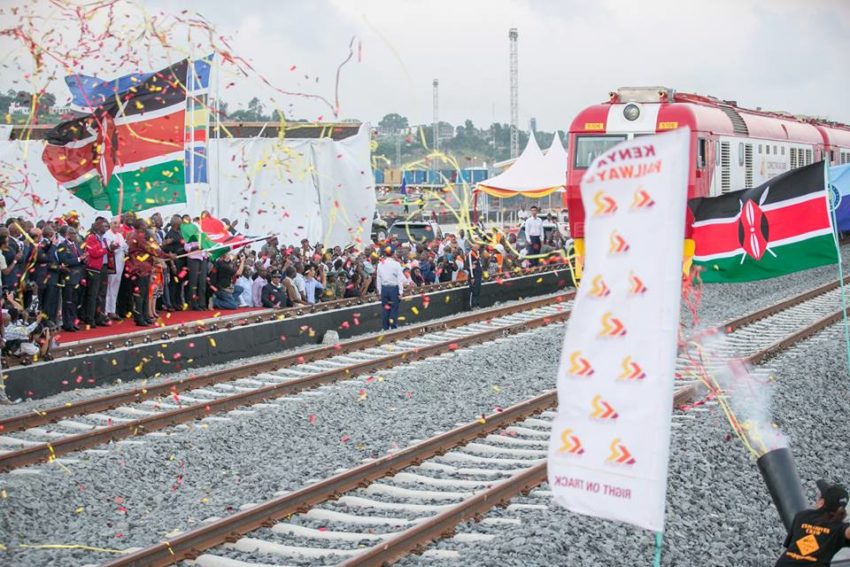Head of Uganda SGR project Kasingye Kyamugambi has expressed confidence that the standard gauge project being planned in the country will boost local traders.
Mr Kyamugambi has told reporters that Uganda traders are losing up to $1.2bn annually on transporting their goods from the Mombasa to Kampala.
Uganda SGR he said will greatly reduce the cost of transporting containers to the country.
“Every year we delay construction of SGR, we lose this money,” he said while giving a presentation at the bimonthly briefings at the African Centre for Media Excellence (ACME).
The money paid to truck owners and high premiums of insurance because of the high risk of road transport all work to increase high cost of doing business to Uganda traders. Also, traders spend hefty amounts of money paying bribes to traffic cops on the road.
Read:Tanzanian president John Magufuli launches SGR project
At least 95 per cent of the goods destined for Uganda are transported by road. Only five per cent is by railway.
Uganda SGR Cost
But Kyamugambi cautioned Ugandans against comparing costs of Uganda SGR with Kenya or Ethiopia’s.
One of the most discussed issues is how the cost of constructing Uganda’s railway line compares with the neighbours. The Ugandan side is more expensive than those of its peers in the region.
Kyamugambi said the hydrology and terrain in these countries differs with Uganda’s. For instance, he said, Uganda has 8.5 per cent (24km) of the route on bridges while Kenya has only five per cent. Ethiopia’s terrain is manly flat, he said. Also, at least 53km in Uganda will be in swamps.
Last month, President Museveni approved a plan to borrow $2.9bn from the Exim Bank of China for the 273km Malaba-Kampala leg. This means that each kilometre will cost $8.2m. Kenya’s cost is about $7.7m per kilometer on the Mombasa-Nairobi leg.
Construction is expected to start in November and will take 42 months to complete.

